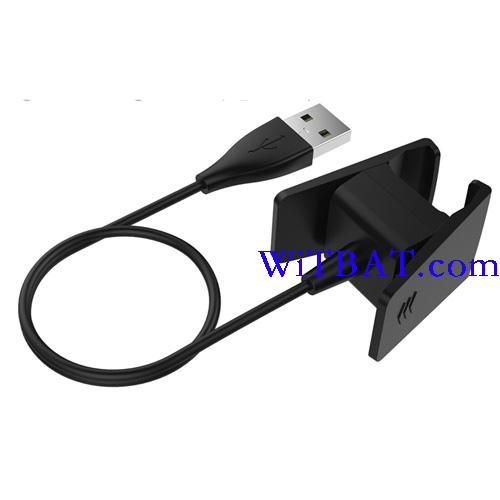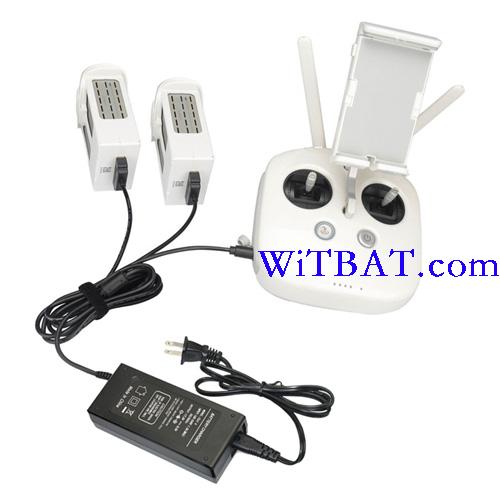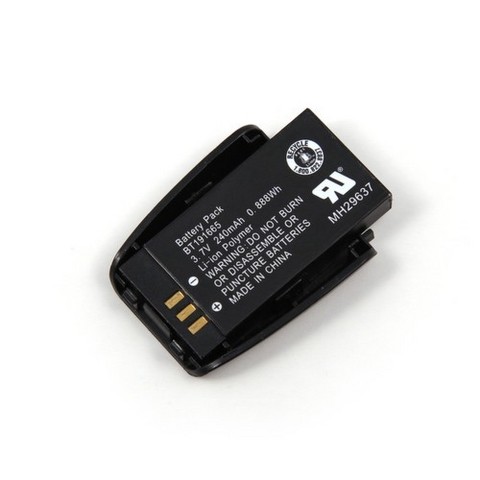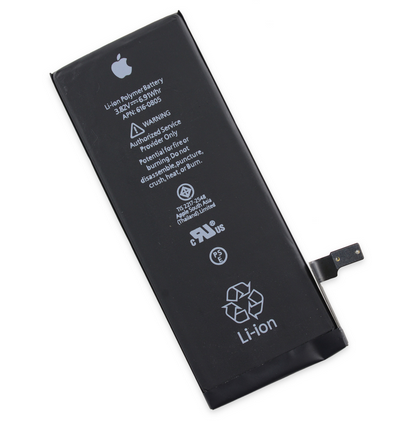Battery Navigation
Latest topics
Search
Battery Statics
Ads
Top 10 Tips for Memory Card Maintenance
Page 1 of 1
 Top 10 Tips for Memory Card Maintenance
Top 10 Tips for Memory Card Maintenance
Memory cards are a key component for every level of digital photographer, from novices all the way up to professionals.
However, memory cards only remain effective image storage devices so long as they're maintained correctly.
Taking good care of memory cards and remembering a few easy tips to maintain them well will help ensure that images are protected.
Here are my top 10 tips...
1. Format the card in your camera
Before you start taking photos, format your memory card in the camera you'll be using.
This is better than formatting it in your computer as the formatting of the card will align itself automatically with your camera, ensuring that the card works properly.
Top 10 Tips for Memory Card Maintenance
2. Acknowledge your capacity
Make sure you pay attention to the image counter as it ticks down available images. Pictures could become corrupted if you try to use a full memory card.
3. Remember you can use recovery software
If you have formatted your card in the camera or deleted an image by mistake, don't panic, your images may not be lost. Using recovery software, such as Lexar® Image Rescue® 4, gives you the ability to try to retrieve lost images.
If you accidentally format the card incorrectly in your camera, do not continue shooting with that card. Instead, remove the card from the camera and run your recovery software on it to retrieve the images. If you continue shooting with the card, the images that you capture will override the images already on the card.
Top 10 Tips for Memory Card Maintenance
4. Rotate cards in and out of use
If you're using multiple memory cards on a shoot, as many professional photographers do, develop a system for knowing which cards have been used and which cards are empty.
For instance, if using a card wallet, place the used cards in upside-down and the empty available cards right-side up. This will ensure you don't accidentally use a full card and corrupt existing images, as well as get even use out of them.
5. Use a card reader
It's best not to connect the camera to the computer via a USB cable, as this drains your camera battery.
Also, if the USB cable is accidentally disconnected, it will interrupt image transfer and possibly corrupt images.
Instead, use a card reader, which is a much faster, safer, and more efficient method. The Lexar® Professional ExpressCard™ reader, for example, offers high-speed file transfer - up to 133MB/s.
6. Try to not delete images on your camera
If there's an image you don't like, don't delete it on the camera. Choose a high-capacity memory card, which allows you to shoot uninterrupted for longer so you don't need to spend time clearing space during shooting.
It's more efficient to wait until you have downloaded your images to your computer, so you can have the operating system handle the deletion rather than the camera.
Top 10 Tips for Memory Card Maintenance
7. Don't remove the card from the camera too early
When you are ready to transfer your images from your card to the computer, always wait until the red light indicating image transfer has turned off before removing the memory card from your camera.
8. Don't panic
If your card gets wet, don't panic. Since Lexar memory cards are all made of solid state memory with no moving parts, they are incredibly durable. If your card gets wet just ensure you dry it out before you put it back into any electric equipment.
Top 10 Tips for Memory Card Maintenance
9. Backup first
Any time you have taken images that are very important to you, or you have taken photographs for a paying client, make sure to keep the images on your memory card until you have backed up the images.
For the most peace of mind, you should back up to multiple hard drives on your computer and preferably have you backups in multiple locations.
10. Label your cards
Label your memory cards with your name and phone number so that, if you misplace it, there is a better chance you might get it back.
Via Photographyblog
However, memory cards only remain effective image storage devices so long as they're maintained correctly.
Taking good care of memory cards and remembering a few easy tips to maintain them well will help ensure that images are protected.
Here are my top 10 tips...
1. Format the card in your camera
Before you start taking photos, format your memory card in the camera you'll be using.
This is better than formatting it in your computer as the formatting of the card will align itself automatically with your camera, ensuring that the card works properly.
Top 10 Tips for Memory Card Maintenance
2. Acknowledge your capacity
Make sure you pay attention to the image counter as it ticks down available images. Pictures could become corrupted if you try to use a full memory card.
3. Remember you can use recovery software
If you have formatted your card in the camera or deleted an image by mistake, don't panic, your images may not be lost. Using recovery software, such as Lexar® Image Rescue® 4, gives you the ability to try to retrieve lost images.
If you accidentally format the card incorrectly in your camera, do not continue shooting with that card. Instead, remove the card from the camera and run your recovery software on it to retrieve the images. If you continue shooting with the card, the images that you capture will override the images already on the card.
Top 10 Tips for Memory Card Maintenance
4. Rotate cards in and out of use
If you're using multiple memory cards on a shoot, as many professional photographers do, develop a system for knowing which cards have been used and which cards are empty.
For instance, if using a card wallet, place the used cards in upside-down and the empty available cards right-side up. This will ensure you don't accidentally use a full card and corrupt existing images, as well as get even use out of them.
5. Use a card reader
It's best not to connect the camera to the computer via a USB cable, as this drains your camera battery.
Also, if the USB cable is accidentally disconnected, it will interrupt image transfer and possibly corrupt images.
Instead, use a card reader, which is a much faster, safer, and more efficient method. The Lexar® Professional ExpressCard™ reader, for example, offers high-speed file transfer - up to 133MB/s.
6. Try to not delete images on your camera
If there's an image you don't like, don't delete it on the camera. Choose a high-capacity memory card, which allows you to shoot uninterrupted for longer so you don't need to spend time clearing space during shooting.
It's more efficient to wait until you have downloaded your images to your computer, so you can have the operating system handle the deletion rather than the camera.
Top 10 Tips for Memory Card Maintenance
7. Don't remove the card from the camera too early
When you are ready to transfer your images from your card to the computer, always wait until the red light indicating image transfer has turned off before removing the memory card from your camera.
8. Don't panic
If your card gets wet, don't panic. Since Lexar memory cards are all made of solid state memory with no moving parts, they are incredibly durable. If your card gets wet just ensure you dry it out before you put it back into any electric equipment.
Top 10 Tips for Memory Card Maintenance
9. Backup first
Any time you have taken images that are very important to you, or you have taken photographs for a paying client, make sure to keep the images on your memory card until you have backed up the images.
For the most peace of mind, you should back up to multiple hard drives on your computer and preferably have you backups in multiple locations.
10. Label your cards
Label your memory cards with your name and phone number so that, if you misplace it, there is a better chance you might get it back.
Via Photographyblog
westvlane- Posts : 32
Points : 96
Reputation : 0
Join date : 2009-11-30
 Similar topics
Similar topics» Meizu M3 Music Card Battery B293455
» Verifone Nurit 8020 Credit Card Reader Battery CCR-8020
» Bluetooth Headset Buying Tips
» Tips for Improving Your iPhone's Battery Life
» Battery life tips and tricks for smartphones
» Verifone Nurit 8020 Credit Card Reader Battery CCR-8020
» Bluetooth Headset Buying Tips
» Tips for Improving Your iPhone's Battery Life
» Battery life tips and tricks for smartphones
Page 1 of 1
Permissions in this forum:
You cannot reply to topics in this forum













» NIO Phone 2 Smartphone Battery NBET02
» Mercedes Becker Map Pilot Battery HJS100
» Braun Silk-épil 9 Flex Type 5380 Epilator Battery
» Samsung Galaxy Tab Active Tablet PC Battery EB-BT365BBU
» Samsung Galaxy Tab Active 3 SM-T570 Tablet PC Battery EB-BT575BBE